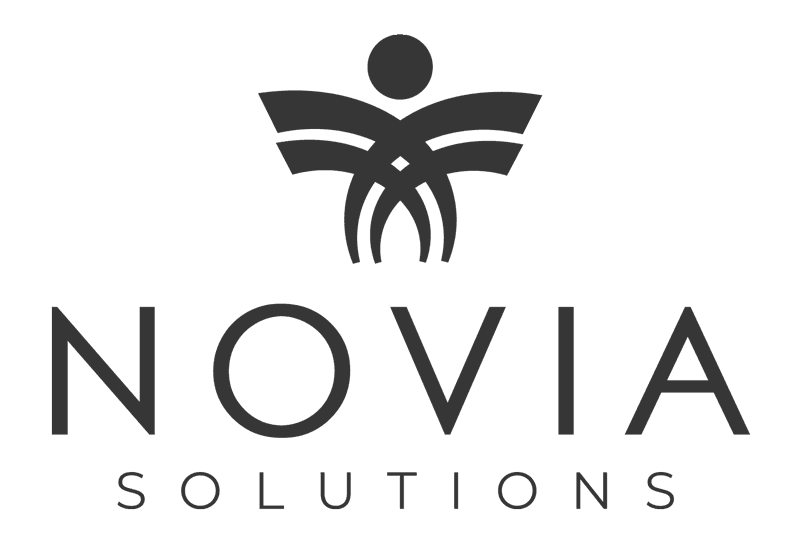Key Takeaways:
- Consumer satisfaction has been identified as one of the key trends to watch in 2019.
- “If we ignore the consumer, it will be at our peril.”
For the most part, people are familiar with the idea of ‘voting with your wallet’. We choose to do business with organizations we deem worthy of supporting. This simple concept seems intuitive when it comes to day-to-day purchases. However, healthcare is beginning to feel the pressure of ‘voting with your wallet’ as patient influence is becoming an increasingly important factor when deciding which organizations stay and which don’t. Simply put “whatever business model empowers the consumer, wherever she is including at home, will spell success That’s where population health must go,” according Dr. David Nash, MD, MBA, at Thomas Jefferson University, Dean of Population Health. “That’s where population health must go.”
To add to that, Nash cites the following developments as trends to watch in 2019:
- The growth of Medicare Advantage and managed Medicaid. “These are two programs that are working,” he said. “They’re working because they deliver value– high-quality care with fewer errors — and they follow our mantra: no outcome, no income.”
- Tax reform. “Whatever your politics are [on this issue], park it at the door,” he said. “The sugar high is over, and now we’re in a carbohydrate coma. We’ve got the biggest deficits in American history; if we continue to spend money we don’t have, what will that do to healthcare? I think it will bite us in the butt when [it] comes to the Medicare trust fund.”
- Precision medicine and population health. “[There is a notion] that precision medicine and population health are actually kissing cousins,” said Nash. “They are inexorably linked.”
- Continued deal-making. “The CVS/Aetna, UnitedHealth Group/DaVita, and Humana’s deals with Kindred Healthcare and Curo Health Services are just some of the more recent examples,” he said. And he noted, “the healthcare company formed by Amazon, Berkshire Hathaway, and JPMorgan Chase now has a name: Haven.” “It’s a place where they’re going to figure it all out and they’ll let us know when they do.”
- Continued delivery system consolidation. “Big surprise there,” he said sarcastically. “The real question is will they deliver value? Will they deliver synergies?” Nash noted that his own institution is a good example of this trend, having gone from one or two hospitals 5 years ago to 16 today with another two in the works.
- Population health technology. “The gravy train of public money into this sector will be over; now the real challenge is for the IT [information technology] systems on top of those legacy companies; can they create the patient registry information and close the feedback loop, and give doctors, nurses, and pharmacists the information they need to improve care?”
- The rise of “population health intelligence.” “That’s our term for predictive analytics, big data, artificial intelligence, and augmented intelligence… It says we don’t want to create software writers — we want doctors, nurses, pharmacists, and others who can glean the usable information from the terabyte of information coming our way, to [know how to interpret it].”
- Pharmaceutical industry disruption. “This is really under the thumb of consumers… It’s all about price, price, price,” Nash said. “We’ve got to find a way to rationalize the pricing system. If we don’t, we’re going to end up with price controls, and as everybody in this room with a background in this area knows, those don’t work either.”
- More venture capital money. Nash described his recent experience at the JPMorgan Chase annual healthcare conference, where people were paying $1,000 a night for hotel rooms that would normally cost $250, and being charged $20 just to sit in the lobby of one hotel. “What was going on there? It was more private-sector venture money coming into our industry than ever before. [These investors] know that when there’s $1 trillion of waste in an industry, it’s ripe for disruption.”
- Workforce development. This is needed for the entire industry, said Nash. “More folks know a lot more [now] about population health, quality measurement and management, Lean 6 Sigma, and improving processes and reducing waste. The only way we’re going to reduce that waste of $1 trillion is to have the right kind of workforce ready to go.”
To learn more about our leadership opportunities, visit our website to speak with a recruiter today. Or, follow us on LinkedIn to receive updates about our hot jobs.
In case you missed it:
- Three Healthcare Trends That Will Shape 2019
- Six Steps to Addressing the Social Determinants of Healthcare
- Novia Solutions Analysis Reveals Insights Into Hospital Hiring Trends
- 12 Ways Artificial Intelligence Is Changing The Quality Care Game
Freiden, J. (March 18, 2019) Population Health Trends To Watch, Trends To Question In 2019


